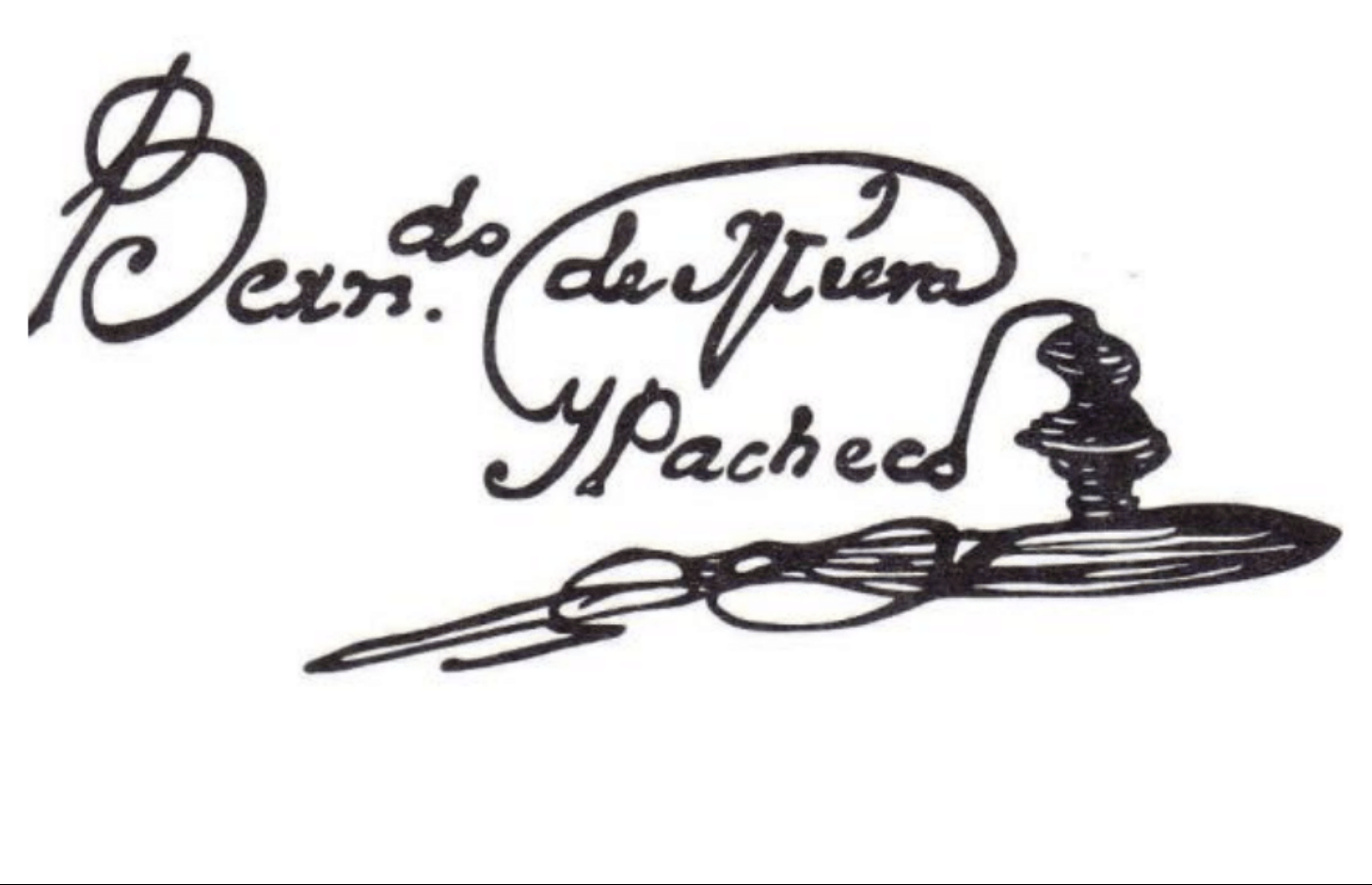In addition to other occupations, Pacheco was an army engineer, merchant, a government agent, rancher, painter, and even fought against American Indians professionally.
“His painting of St. Michael still stands on the altar screen in the San Miguel Church in Santa Fe.” On July 30, 1776, the group arrived at Abiquiu, the last contact with Spanish settlements. On August 6, 1776, Bernardo Miera y Pacheco complained of stomach trouble and the group was only able to travel two and a half leagues (approximately 8.6 miles) They were near Carracas, Colorado. On August 17, 1776, the group went into a canyon called El Laberinto de Miera, or Miera’s Labyrinth, “because of the varied and pleasing scenery of rock cliffs which it has on either side and which for being so lofty and craggy at the turns, makes the exit seem all the more difficult the further one advance and because don Bernardo Miera was the first one to go through it.”
At this time, they were on the Dolores River near Summit Canyon, Colorado. On the 9th of September on the White River near Rangely, Colorado, they found an “exposed vein of metallic ore but we were ignorant of its nature or quality… and don Bernardo Miera, showing it to us said it was of the sort which miners call tepustete and that it is an indication of gold ore.” This was “perhaps iron pyrite or fools’ gold.”


